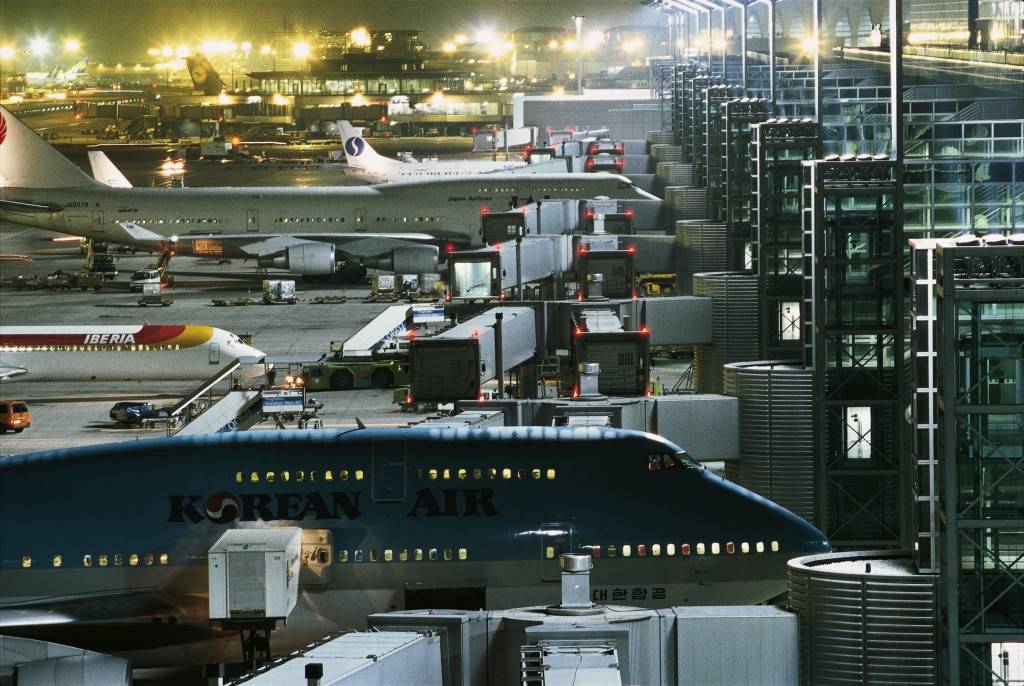This week, we published our monthly air cargo and air passenger market notes. In March, international air cargo demand declined sharply, by 15.8% compared to its year-ago level. Even so, the contraction in the air cargo market in is still less severe compared to the passenger market (where volumes fell by 52.9% year-on-year). • An important reason for cargo’s current outperformance is the ongoing demand for transporting products such as pharmaceuticals, e-commerce purchases and medical equipment. Pharmaceuticals, for example, are growing at twice the pace of last year. However, demand is only half of the story; on the supply side, industry-wide international air cargo capacity declined at a much sharper rate (down 24.6% annually) than demand.
• Today’s chart takes a closer look at the latest developments in cargo capacity. Across all of the main trade lanes there is a divergence between belly cargo and freighter capacity. Although a number of airlines have converted some of their passenger aircraft to cargo-only flights, the grounding of most of the world’s passenger fleet meant international belly cargo capacity declined significantly, by 43.7% year-on-year in March. Recall that around 50% of cargo volumes are flown in the belly of passenger aircraft. • While freighter capacity increased in all trade lanes, especially for the Within Asia market, the increases clearly do not offset the loss in belly capacity, leading to the double-digit decline in total cargo capacity noted above. In turn, this shortage of capacity has caused a spike in air cargo freight rates. • Looking forward, the capacity shortage is likely to be temporary as the belly capacity gradually returns to service and the impact of the global recession dampens demand. Overall, based on the WTO’s latest scenarios for world trade, we estimate that cargo volumes (CTKs) could decline by between 14-31% in 2020. I

